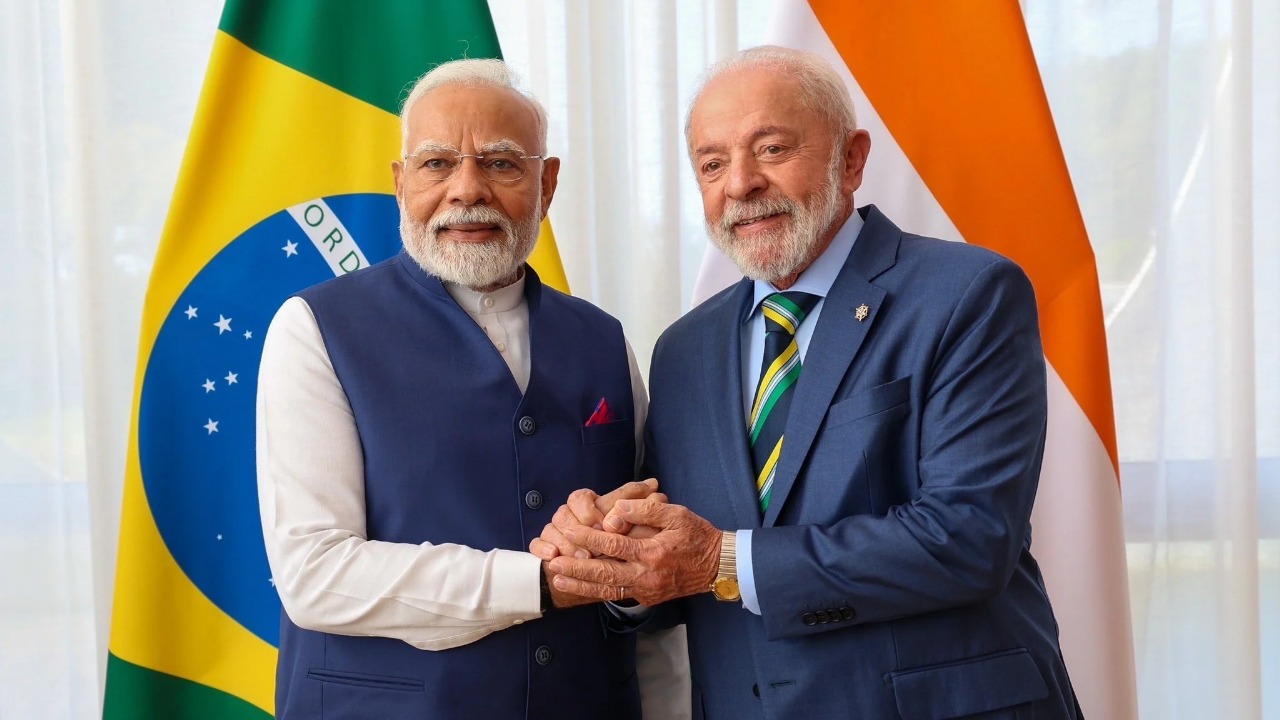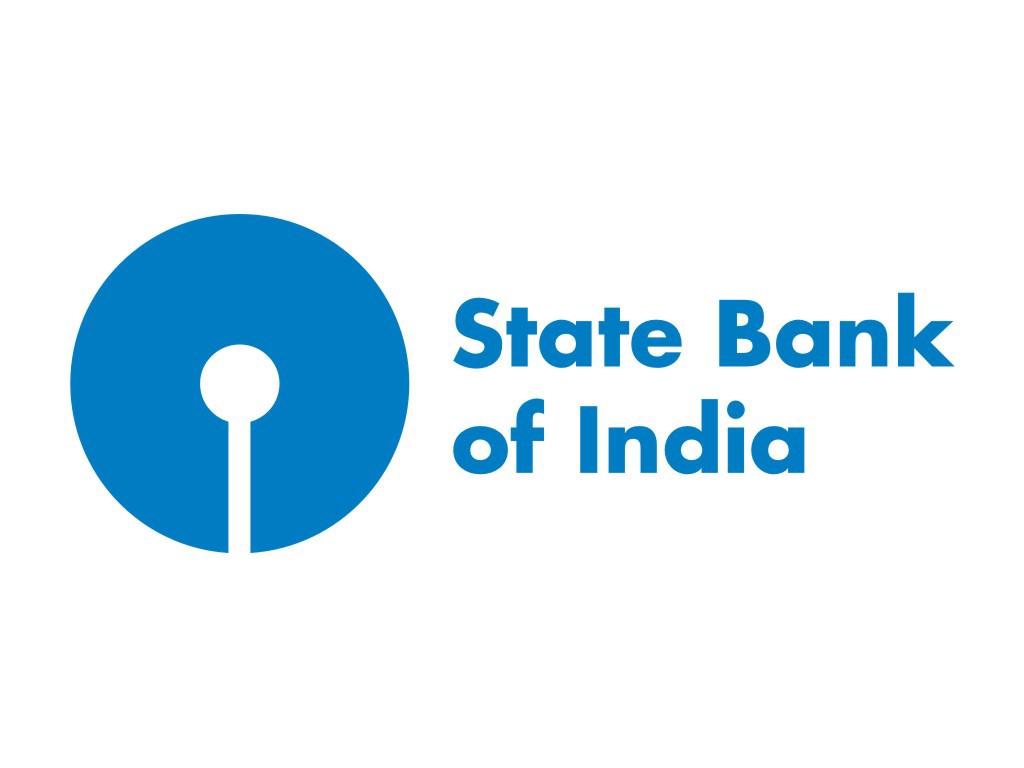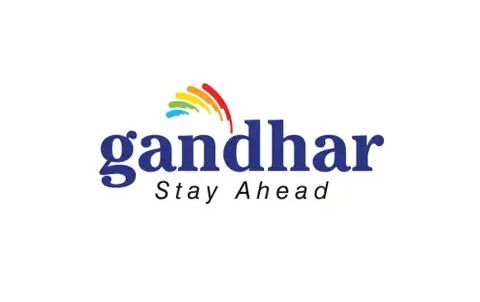 Image Source : SSBCrack
Image Source : SSBCrack
In a pivotal diplomatic exchange, Prime Minister Narendra Modi and Brazilian President Luiz Inácio Lula da Silva held a high-level phone conversation on Thursday, August 7, reaffirming their commitment to deepen the India-Brazil Strategic Partnership. The dialogue comes at a time of mounting global trade tensions, particularly following the United States’ imposition of steep tariffs on both nations.
Key Highlights from the Modi–Lula Call
- Leaders agreed to strengthen cooperation across trade, technology, energy, defence, agriculture, health, and cultural exchanges
- The conversation follows the US decision to impose a 50% tariff on Indian and Brazilian goods
- Lula accepted Modi’s invitation to visit India in early 2026 during India’s BRICS presidency
- Brazil’s Vice-President Geraldo Alckmin will lead a delegation to India in October for trade talks
- Both leaders emphasized the importance of a people-centric Global South partnership
Backdrop: US Tariffs and Strategic Realignment
The timing of the call is significant. Just a day earlier, US President Donald Trump signed an executive order slapping an additional 25% tariff on Indian imports, citing national security concerns linked to India’s continued purchase of Russian oil. Brazil, too, faces a 50% tariff on its exports to the US, including sanctions targeting its judiciary.
- India’s foreign ministry called the tariffs “unjustified and unreasonable”
- Brazil has ruled out direct talks with Trump, with Lula stating such engagement would be “humiliating”
- Both countries are now recalibrating their foreign policy focus toward BRICS and South-South cooperation
Strategic Partnership: Areas of Enhanced Cooperation
During the hour-long conversation, Modi and Lula agreed to expand collaboration in several key sectors:
- Trade: A renewed push for bilateral trade agreements and diversification of export portfolios
- Technology: Joint ventures in digital inclusion, AI, and cybersecurity
- Energy: Cooperation in renewables, biofuels, and strategic reserves
- Defence: Shared training programs and defence manufacturing partnerships
- Agriculture: Exchange of best practices and agri-tech innovation
- Health: Joint research in pharmaceuticals and pandemic preparedness
- Cultural and People-to-People Ties: Enhanced academic, tourism, and diaspora engagement
Diplomatic Momentum: BRICS and Beyond
Modi’s outreach to Lula is part of a broader diplomatic strategy to consolidate ties with BRICS allies amid deteriorating relations with Washington.
- Modi is expected to meet Chinese President Xi Jinping at the SCO summit in Tianjin later this month
- Russian President Vladimir Putin is scheduled to visit India later this year
- Lula has proposed a unified BRICS response to the US tariffs, seeking coordinated action
India’s upcoming BRICS presidency in 2026 is seen as a key platform to advance this agenda. Modi emphasized a “humanity-first” approach and reiterated the importance of solidarity among Global South nations.
Economic Implications and Trade Outlook
The India-Brazil trade corridor is poised for expansion:
- Both countries have set a $20 billion bilateral trade target for 2026
- Six cooperation deals are in the pipeline, covering critical minerals, fintech, and logistics
- Brazil’s diversified export strategy offers India a roadmap to navigate US trade barriers
Vice-President Alckmin’s October visit will include ministers and business leaders, aiming to finalize a Trade Monitoring Mechanism and explore joint investment opportunities.
Conclusion
The Modi–Lula conversation marks a turning point in India-Brazil relations, driven by shared challenges and mutual aspirations. As the global trade landscape shifts, the two nations are positioning themselves as pillars of a new, inclusive economic order rooted in strategic autonomy and South-South solidarity.
Source: Mid-Day, Financial Express, Business Standard
Advertisement
Advertisement





